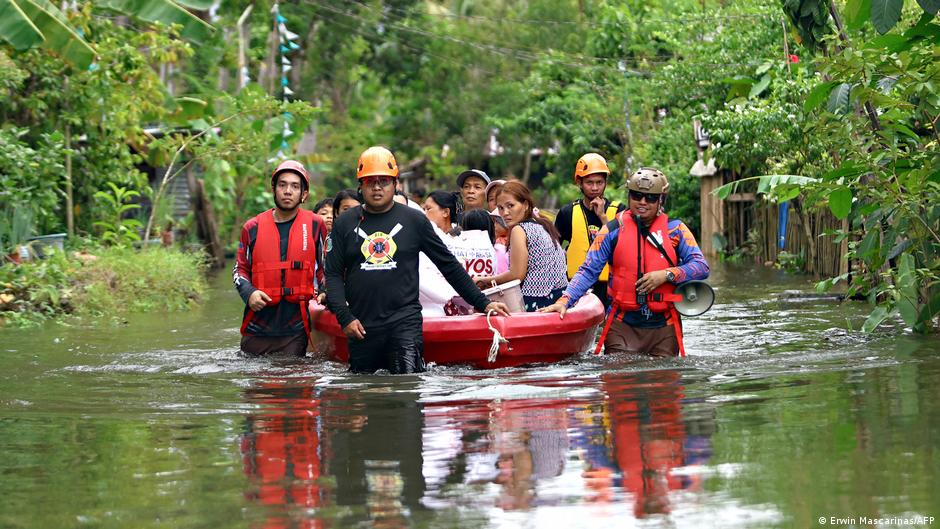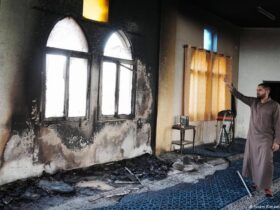More than 900,000 people have been evacuated from their homes in eastern, central and northern provinces of the Philippines as Super Typhoon Fung-wong approaches the archipelago.
Fang-Wong, which became a super typhoon early Sunday, is expected to make landfall in northern Aurora province later on Sunday or in the early hours of Monday.
The typhoon, known as Uwan in the Philippines, comes as the island nation is still battling another powerful typhoon, Kalmaegi, which killed at least 224 people in central provinces amid flash floods and landslides.
Kalmegi struck the archipelago on Tuesday before moving across the South China Sea towards Vietnam, killing at least five people.
How powerful is Super Typhoon Fung-Wong?
The country’s weather bureau said Fung-Wong was packing maximum sustained winds of 185 kilometers (115 miles) per hour and gusts of up to 230 kilometers per hour when it passed near the eastern province of Catanduanes on Sunday morning.
The massive typhoon – the biggest threat to the Philippines so far this year – stretched 1,600 kilometers (994 miles), covering two-thirds of the archipelagic nation.
To highlight the urgency of taking precautionary measures, the Philippines classifies tropical cyclones with sustained winds of 185 kilometers per hour or more as super typhoons.
Climate scientists warn that as the Earth’s climate warms, such extreme weather events are becoming more frequent and intense, largely due to human use of fossil fuels.
Fung-Wong forced to close schools, cancel flights
Schools and most government offices in northern provinces have been ordered closed until Tuesday, while at least 325 domestic and 61 international flights were canceled over the weekend until Monday.
Electricity has also been cut in parts of eastern provinces ahead of possible landslides, while ships have been barred from sailing from at least 109 ports.
Authorities have warned of a “high risk of deadly and damaging storm surges” of more than 3 meters (about 10 feet) along the coasts of more than 20 provinces and territories, including metropolitan Manila.
Officials warn of Fung-Wong’s potentially devastating impact
Defense Secretary Gilberto Teodoro Jr., who is in charge of both the country’s disaster response agencies and the military, warned that Fung-Wong could have a devastating impact.
He said the central province of Cebu, already devastated by Typhoon Kalmegi, and the area centered on the densely populated capital Manila, could be among the worst-hit areas.
In a televised address, Teodoro Jr. urged people to issue official warnings and evacuation orders. “We need to do this because it is difficult to rescue people when it is already raining or a storm has come and started flooding,” he said.
The Civil Protection Office said more than 30 million people could potentially be exposed to risks associated with the storm.
Philippine President Ferdinand Marcos Jr. has declared a state of emergency amid the widespread devastation caused by Kalamaygi and the threats posed by Fung-Wong.
The Philippines is affected by an average of about 20 tropical cyclones per year.
In November 2013, more than 6,300 people were killed by Super Typhoon Haiyan, one of the largest typhoons ever to hit the country.
Edited by: Carl Sexton






Leave a Reply